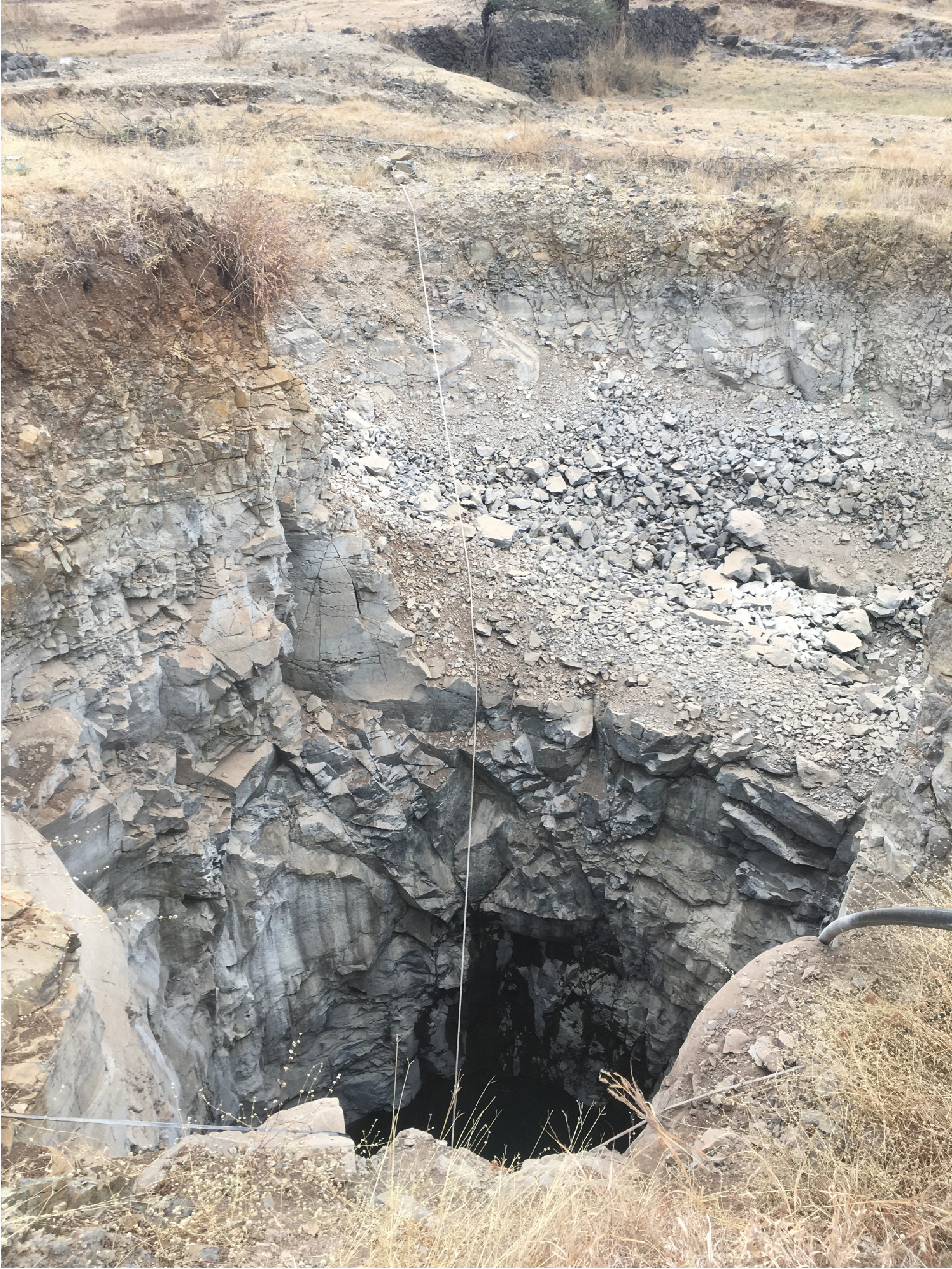After my first visit at WOTR headquarters and the „Consultation on Climate Adaptation & Services for Water, Food, & Health Security“ conference last year we initiated a joint project within one of the WOTR project regions Dolasne village (Sangamner region, Ahmednagar district of Maharashtra state) and Renie Thomas (former WOTR, now at The Nature Conservancy). Water demands for irrigation in the project region put tremendous stress on the aquifer and often force farmers to invest in deep drilling projects to reach water within non-depleted parts of the aquifer. This not only leads to (partially) unregulated water extraction but in the worst case to wasted investments as the drilling sites are not chosen according to information from groundwater surveys and a thorough understanding of the aquifer system and recharge dynamics.
Dolasne village has been the target of extensive groundwater level measurement and geological mapping campaigns by Renie Thomas and thus provides a solid base for further investigations. As part of the M.Sc. thesis of Fatima Halari we conducted a geophysical survey (electrical resistivity) from 12th of March until 23rd of March 2018 in order to derive a hydrogeological model for the project region. Our goal is to get a deeper understanding of the complex recharge and unsaturated infiltration dynamics based on an inverse distributive numerical modeling approach using COMSOL. The basaltic Deccan Traps exhibit remarkable characteristics including fault structures and heavily wide-aperture fracture networks, thus enforcing preferential flow dynamics and erratic recharge processes.
Thanks to Renie for his great work in the region and Navnath for assistance with the geophysical measurements.
(Click figures for more information)






